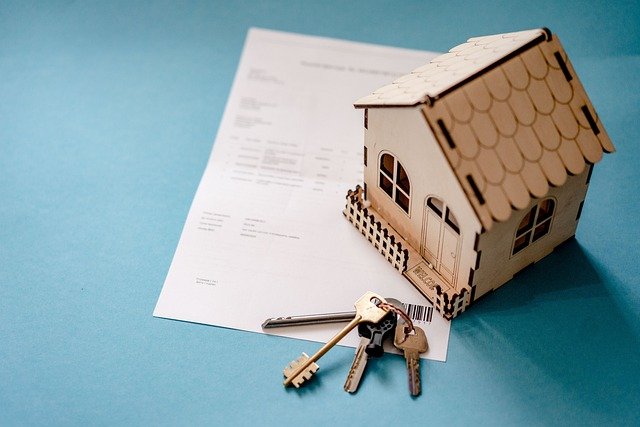How Rent to Own Housing Works
Rent to own housing allows tenants to rent while working toward ownership. Part of the monthly rent may be credited toward a future purchase. Understanding agreements, costs, and responsibilities helps clarify how this pathway to ownership is structured.

Explaining Rent to Own Agreements
Rent to own agreements, also known as lease-to-own or lease-purchase contracts, consist of two main components: a standard rental lease and an option to purchase the property. The rental lease portion establishes the monthly payment amount, lease duration, and standard tenant responsibilities. The purchase option component outlines the future sale price, the timeline for exercising the purchase option, and how much of the monthly rent will be credited toward the down payment or purchase price.
These contracts typically span one to three years, giving tenants time to improve their credit scores, save additional funds, or resolve other barriers to traditional mortgage approval. The purchase price is usually determined at the contract’s beginning, which can benefit buyers if property values increase during the lease period. However, if market values decline, buyers may find themselves committed to purchasing a home above current market value.
Most rent to own agreements require an upfront option fee, ranging from one to five percent of the home’s purchase price. This fee secures the right to buy the property and is typically non-refundable, even if you ultimately decide not to purchase the home.
Monthly Payments and Credit Toward Purchase
Monthly payments in rent to own arrangements generally exceed typical rental rates for comparable properties in the same area. This premium covers both the rental cost and the portion that will be credited toward your future home purchase. The credit portion, often called “rent credit” or “lease credit,” typically ranges from 10 to 30 percent of your monthly payment.
For example, if your monthly payment is $1,500 and your agreement allocates 25 percent as rent credit, you would accumulate $375 monthly toward your future purchase. Over a two-year lease period, this would total $9,000 in purchase credits. These credits reduce the amount you need to finance when exercising your purchase option.
The specific percentage allocated as rent credit varies based on local market conditions, the property’s value, and negotiation between the parties. Some agreements offer higher rent credits in exchange for higher monthly payments, while others provide more modest credits with payments closer to market rental rates.
It’s important to note that rent credits are typically forfeited if you fail to exercise your purchase option or if you breach the lease agreement. This structure incentivizes tenants to maintain the property and honor their lease obligations while working toward homeownership.
Long-Term Responsibilities in Rent to Own Housing
Rent to own arrangements often blur the traditional lines between tenant and homeowner responsibilities. Many contracts require tenants to handle maintenance tasks typically managed by landlords, including routine repairs, lawn care, and sometimes even major system maintenance. This arrangement allows you to gain experience with homeownership responsibilities while still technically renting.
Property insurance requirements vary by agreement. Some contracts require tenants to carry renter’s insurance plus additional liability coverage, while others may require full homeowner’s insurance policies. Property taxes are usually handled by the current owner, though some agreements may require tenants to reimburse these costs.
During the lease period, you’re responsible for maintaining your creditworthiness and financial stability to qualify for a mortgage when the purchase option becomes available. This includes paying all bills on time, reducing existing debt, and potentially increasing your income to meet lending requirements. Many rent to own participants use this time to work with credit counselors or financial advisors to improve their mortgage eligibility.
| Provider Type | Services Offered | Key Features |
|---|---|---|
| HomePartners | Direct rent-to-own purchases | No option fees, market-rate rent, 2% annual home appreciation cap |
| Divvy Homes | Rent-to-own program | 1-2% upfront payment, monthly equity building, mobile app management |
| Local Real Estate Investors | Individual property arrangements | Flexible terms, negotiable conditions, varies by property |
Prices, rates, or cost estimates mentioned in this article are based on the latest available information but may change over time. Independent research is advised before making financial decisions.
Before entering any rent to own agreement, consider consulting with a real estate attorney to review the contract terms. These arrangements can provide valuable opportunities for homeownership, but they also carry financial risks if market conditions change or if you’re unable to secure financing when the purchase option period expires.
Rent to own housing serves as a bridge between renting and buying, offering flexibility for those who need time to prepare for traditional homeownership. Success in these arrangements requires careful financial planning, consistent lease compliance, and realistic assessment of your ability to secure mortgage financing within the specified timeframe. When structured properly, these agreements can provide a viable path to homeownership for individuals who might otherwise struggle to qualify for conventional home loans.




